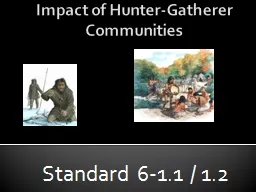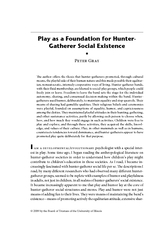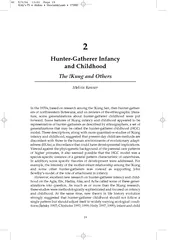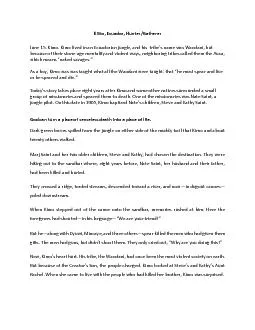PPT-Impact of Hunter-Gatherer
Author : alida-meadow | Published Date : 2017-05-04
Communities Standard 611 12 Essential Questions 1 How did huntergatherer communities adapt to the natural environment based on the geography society and culture
Presentation Embed Code
Download Presentation
Download Presentation The PPT/PDF document "Impact of Hunter-Gatherer" is the property of its rightful owner. Permission is granted to download and print the materials on this website for personal, non-commercial use only, and to display it on your personal computer provided you do not modify the materials and that you retain all copyright notices contained in the materials. By downloading content from our website, you accept the terms of this agreement.
Impact of Hunter-Gatherer: Transcript
Download Rules Of Document
"Impact of Hunter-Gatherer"The content belongs to its owner. You may download and print it for personal use, without modification, and keep all copyright notices. By downloading, you agree to these terms.
Related Documents














